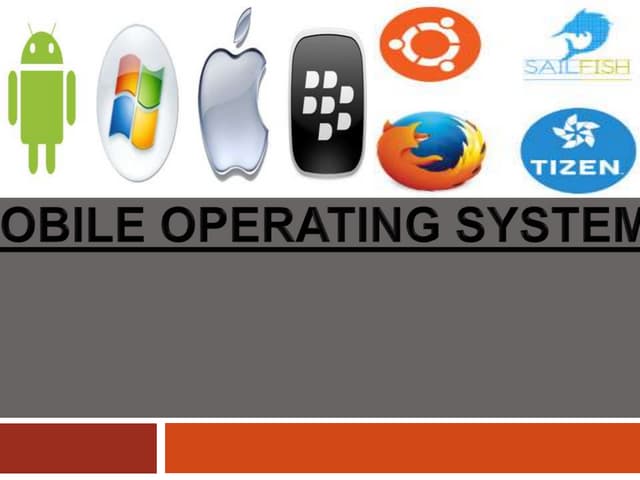Over the past decade, smart phones have taken the world by storm and more recently, tablets have also entered the arena. These mobile devices are having a significant impact on our lives and are truly redefining the way we access information and communicate with others. This is not only due to the hardware but also the specialized software that runs these devices and most importantly, their operating systems. Thus, we will take an informative tour of modern mobile operating systems, their different types and how to use them on smartphone and tablet platforms. Just like a PC can run different operating systems (e.g. Windows, Linux, BSD etc.) or different versions of the same operating system (e.g. Windows XP, Windows Vista, Windows 7 etc.), most smart phones can also run different versions of the operating system they were built for and in exceptional cases, they may even be able to run the operating system other than the one they were built for. In general, however, an Android phone will only run a version of Android, while an iPhone will only run an iOS version.
A mobile operating system (or mobile OS) is an operating system for smart phones, tablets, or other mobile devices. While computers such as typical laptops are mobile, the operating systems typically used on them are not considered mobile, as they were originally designed for desktop computers, which historically had no need for specific mobile features. This distinction is blurring in some newer operating systems that are hybrids built for both uses. So-called mobile operating systems have majority usage as of 2017 (measured by web usage); even smart phones running them (excluding tablets) are used more than any other type of device. Thus traditional desktop OSes are now a minority of users who use the OS; see usage share of operating system. However, there are variations in popularity by regions, while desktop-minority also applies in some regions e.g., the US and the UK.
A mobile operating system combines the features of a personal computer operating system with other features useful for mobile or handheld use; typically, and most of the following are considered essential in a modern mobile system; a touch screen, cellular, Bluetooth, Wi-Fi protected access, Wi-Fi, Global Positioning System (GPS) mobile navigation, camera, video camera, speech recognition, voice recorder, music player, near field communication, and infrared blaster. As of the end of 2016, over 430 million smart phones were sold with 81.7 percent running Android, 17.9 percent running iOS, 0.3 percent running Windows Mobile and other OS. Android alone is more popular than the popular desktop operating system Windows, and general smartphone usage (even without tablets) outnumbers desktop usage (desktop usage, web usage, combined is down to 44.9% in the first quarter of 2017). Mobile devices with mobile communications capabilities (e.g., smart phones) contain two mobile operating systems—the main user-facing software platform is complemented by a second low-level proprietary real-time operating system that operates the radio and other hardware. Research has shown that these low-level systems may contain a range of security vulnerabilities allowing malicious base stations to gain high levels of control over the mobile device.
Read Also:
- Effect Of Mobile Phone Use On Some Health Aspects Of Children And Adolescents
- The Collapse Of Nokia Company Mobile Phones
- Artificial Intelligence In Mobiles
- Best Mobile Phones Under Rs 15,000 In 2025: POCO M7 PRO 5G, CMF Phone 1 And More
- A Journey Of Mobile Networks: From 1G To 6G
- Introduction To Mobile Technology
- DNA Integrity Problem By Mobile Cellular Phones
- Mobile Phone Use and Male Infertility
- Effect Of Electromagnetic Waves Emitted From Mobile Phones On Male Fertility
- Hazards Of Mobile Devices And Wireless Communication
- Indian Mobile Handset Sector






